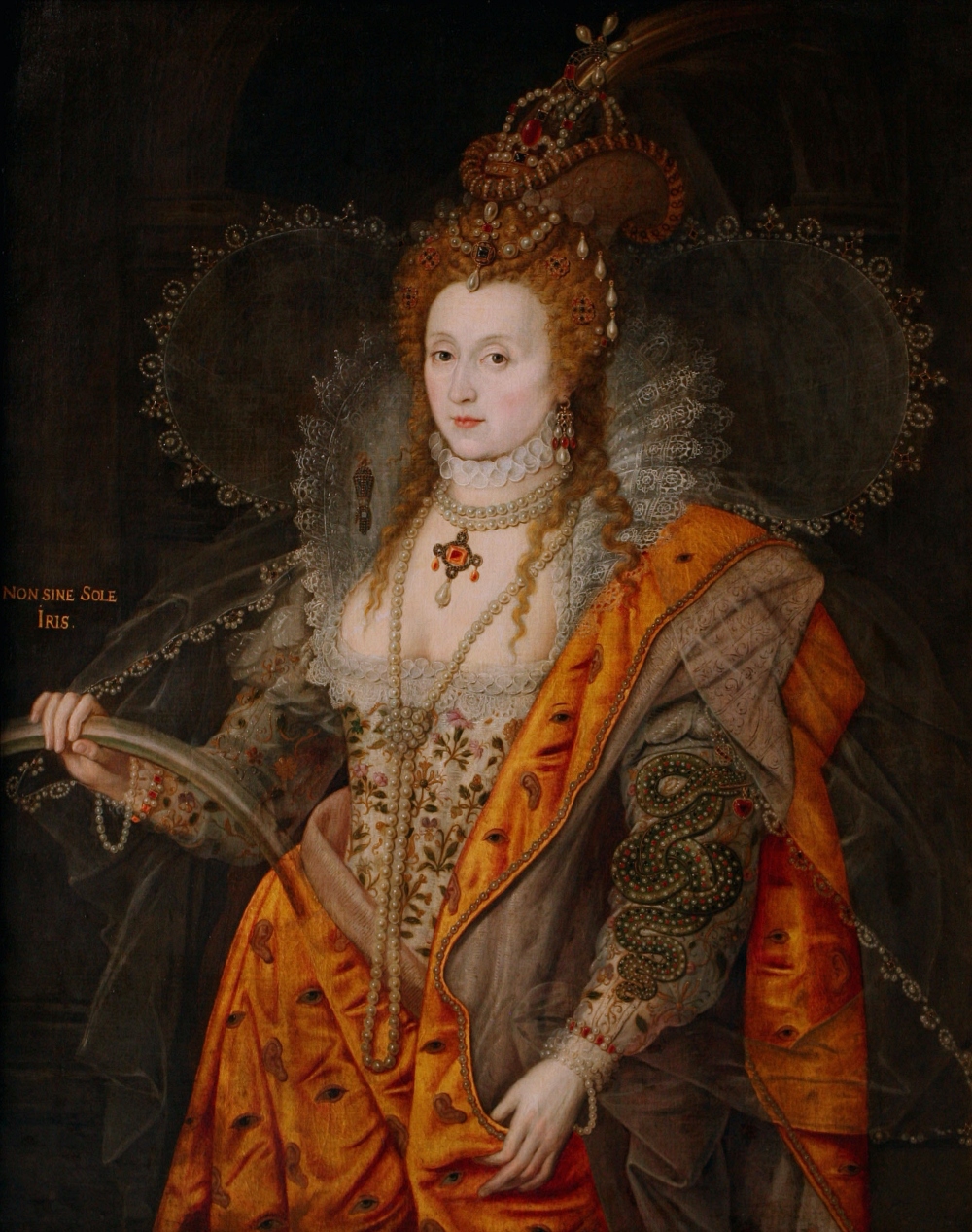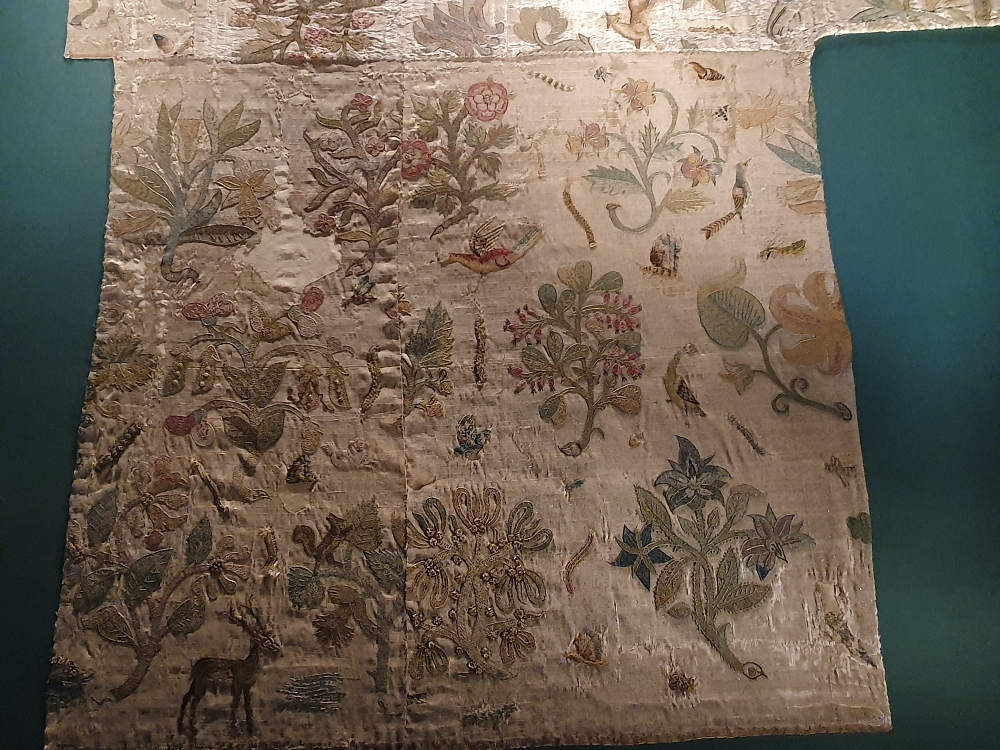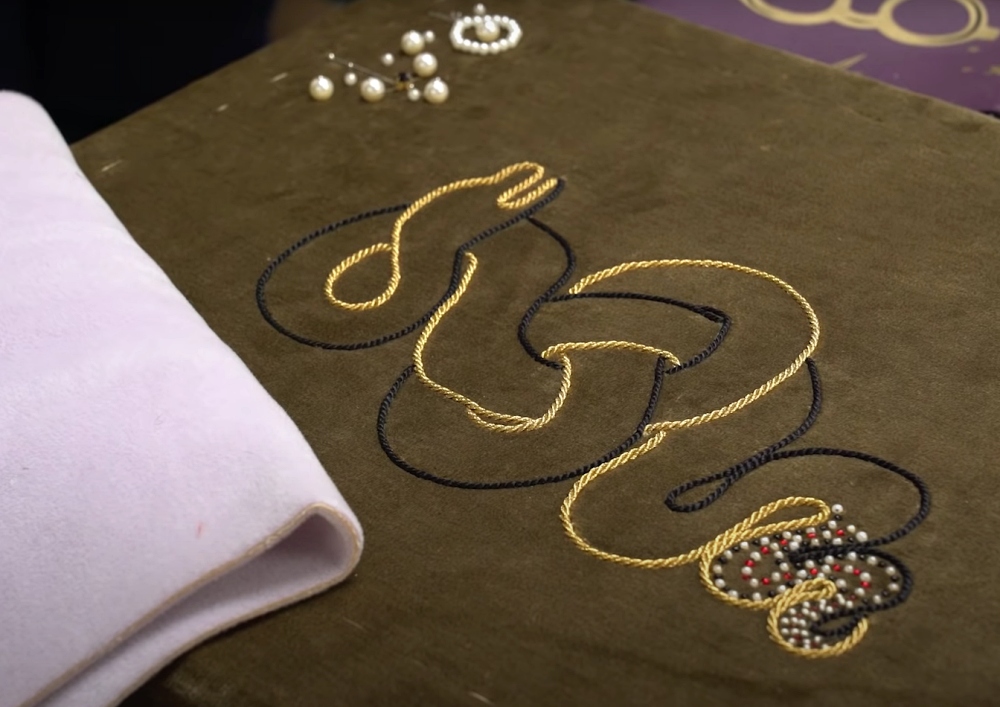Recreating One of Elizabeth I’s Outfits Today
The attention to detail is incredible.
Queen Elizabeth I was a strong ruler, and she never accepted a husband. Her wardrobe was an ever-changing display of Tudor wealth and style and in her 45-year-long reign her clothes and jewels amounted to a huge cost. Because of the elite status that her attire needed to project many of her incredible gowns and jewels were often reworked to suit changing tastes. Sleeves would be re-set, collar changed, skirts replaced. Because of this revolving door wardrobe very little of what this fashionable queen wore survives today. In addition during the Great Fire of London in 1666 all the queen’s clothing was lost forever when a royal storage facility burned down. However, the numerous paintings of her opulent clothing and the exhaustive written inventories of her jewels and clothes provide a comprehensive record of her style.

As one might imagine each of her dresses and cloaks were made to the highest standards with all-over embroidery, gold soutache, and handmade lace details. Common themes throughout her clothing often included silk, velvet, and the extravagant use of pearls in place of sequins. Because her clothes were so expensive not many recreations of them exist today. But, a dedicated group of clothing experts in 2018 set out to recreate her decadent ensemble from the Rainbow Portrait, painted at the beginning of the 17th century not long before her death.
In this painting her dress is embroidered in numerous flowers of every type and to recreate them the team from Past Pleasures Ltd, a historical interpretation company, researched which varieties of plants and flowers were available at the time in England to make sure that they were accurate to the period.

They also used the only remaining piece of the queen’s clothing known today as a reference. The Bacton Alter Cloth was discovered in St Faith’s Church in Bacton, Herefordshire, in 2015 and contains highly decorative flowers, vines, leaves, and animals on a background of cream and silver silk.
The dress was once worn by the queen and her close friend, Blanche Parry, had an association with the church. For centuries it was used as an altar cloth, with clergy and parishioners unaware of the historical significance of the object. Though it is not known if this was the dress that the queen wore for the Rainbow Portrait, the style of decoration is very similar and it was one of the references used to create this new dress.

Dresses in this period were composed of many different parts, such as detachable sleeves, front stays which were often highly decorated, skirts, and a bump pad for one’s derrière. In addition to the main outfit, the team also worked to create the mesmerizing snake detail on one of the sleeves and the brilliant copper mantle that the queen wears around her. The snake appliqué, done in cording and pearls, was listed among her royal inventory of jewels.
We had a special visitor to our dressing room at #HamptonCourtPalace today and they just might have had a bit of try on of the #RainbowPortrait gown – whoever could it be? We'll tell you later… pic.twitter.com/oPb073Kwlm
— Past Pleasures Ltd (@pastpleasures1) March 9, 2020
Human eyes and ears also peak out from the central portion of the mantle, which the team recreated using both stencil and hand painting techniques. They used shot taffeta for the robe, something which would have been available in the queen’s day as well.
At our #HamptonCourtPalace event for #halfterm week, #ElizabethI will be gracing us with her presence and you might just catch a glimpse of the queen in her renowned #RainbowPortrait gown! Elizabeth I and Her Spymasters runs until Sunday 23 February. #HCPSpies pic.twitter.com/rbqJ4nvvQM
— Past Pleasures Ltd (@pastpleasures1) February 21, 2020
Once the dress and mantle were finished both the Bacton Altar cloth and the recreation of the Rainbow Portrait clothing were displayed together at Hampton Court Palace.
You can see how the outfit was made in the video below.
SKM: below-content placeholderWhizzco for DOT

